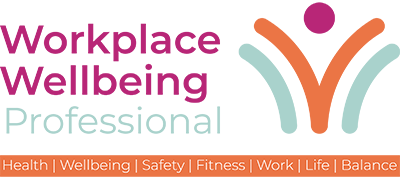Flexibility, commuting and career development have emerged as the biggest factors influencing workplace happiness, new research shows.
While flexible working is often linked to hours, employees define it in different ways, with many wanting more control over where and when they work, a study by employee engagement platform WorkL found.
Long commutes remain a major frustration, and limited career development opportunities are driving higher employee turnover, the research, released to coincide with International Day of Happiness, suggests.
Key Workplace Happiness Findings
The research, based on data from over 4,000 respondents, reveals the following trends:
- 74% – Global workplace happiness score, up 1% from January 2025
- 21% – Employee “flight risk“, down 2% from January 2025
- 78% – Employee happiness in the technology sector, five percentage points above the global average
- 68% – Employee happiness in retail, ranking near the bottom
- 71% – Employee happiness in hospitality, also below the global average
- 20% – Employees who associate flexibility with adjustable working hours, particularly in health and social care, retail and financial services
- 15% – Employees who cite hybrid or remote work as crucial to job satisfaction, especially in finance and technology
Top Work Priorities
Employees increasingly view flexibility as a key driver of happiness. But the definition of flexibility varies
- 20% of respondents said that control over working hours was their priority, with this being most common in health and social care, retail and financial services.
- 15% said they wanted more hybrid or remote work options, often to accommodate personal responsibilities such as childcare or transport issues.
Long commutes remain a significant issue for many employees. Almost 3,000 respondents identified reduced travel time and increased remote work opportunities as essential to improving their work-life balance.
A lack of career growth opportunities is a major source of dissatisfaction. Employees who feel they have limited chances for progression are more likely to leave.
Workplace Culture and Wellbeing
A supportive workplace culture remains crucial for happiness, with companies that promote wellbeing, recognise achievements and foster inclusivity reporting lower turnover and higher engagement.
The technology sector continues to lead in workplace happiness, scoring 78%, five percentage points above the global average. However, retail (68%) and hospitality (71%) are falling behind, underscoring the need for improvements in flexibility, career development and mental health support in these industries.
WorkL founder Lord Mark Price urged businesses to act. “Employees who feel valued, supported and fulfilled are not only happier but also drive better results for their organisations,” he said. “Our data shows that employees who have minimal development opportunities have a higher flight risk and are ultimately unhappy at work — this is just one area that I urge employers to address.”
As businesses reflect on workplace well-being, the research suggests that enhancing flexibility, reducing commuting stress and providing career growth opportunities could significantly boost employee happiness and retention.


